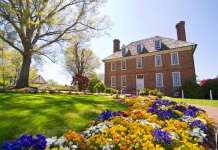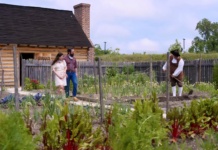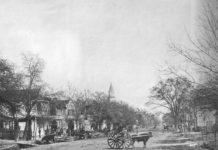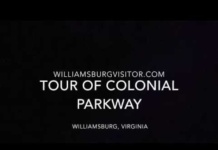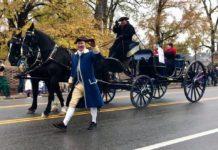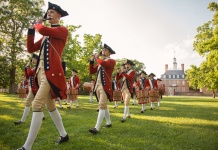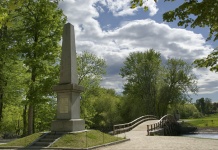West Virginia: Where History Meets Adventure
Exploring America’s Revolutionary War Sites
West Virginia may not be the first place that comes to mind when you think of the American Revolution, but this rugged, mountainous region played a fascinating and often overlooked role in the fight for independence. At the time of the war, West Virginia was still part of Virginia, and its frontier settlements were critical to defending the western edge of the colonies against both British forces and their Native American allies. The region was home to key battles, fortified outposts, and daring patriots who risked everything for the revolutionary cause.
One of West Virginia’s most significant contributions to the war effort was its militia fighters—hardened frontiersmen skilled in guerrilla warfare. These sharpshooters defended settlers from attacks and launched strikes against British-allied forces. The Battle of Fort Henry, known as one of the last battles of the Revolution, took place here, showcasing the resilience and bravery of these early American fighters. Additionally, George Washington himself had deep ties to the region, having surveyed land here as a young man and later advocating for westward expansion.
Today, West Virginia offers history enthusiasts a wealth of Revolutionary War sites, monuments, parks, and experiences that bring this era to life. Whether you’re exploring the remains of historic forts, visiting museums dedicated to frontier life, or taking in a reenactment of a colonial skirmish, the Mountain State offers a unique window into America’s founding struggle. Read on to discover the must-visit Revolutionary War destinations in West Virginia, along with immersive experiences that will transport you back to the 18th century.
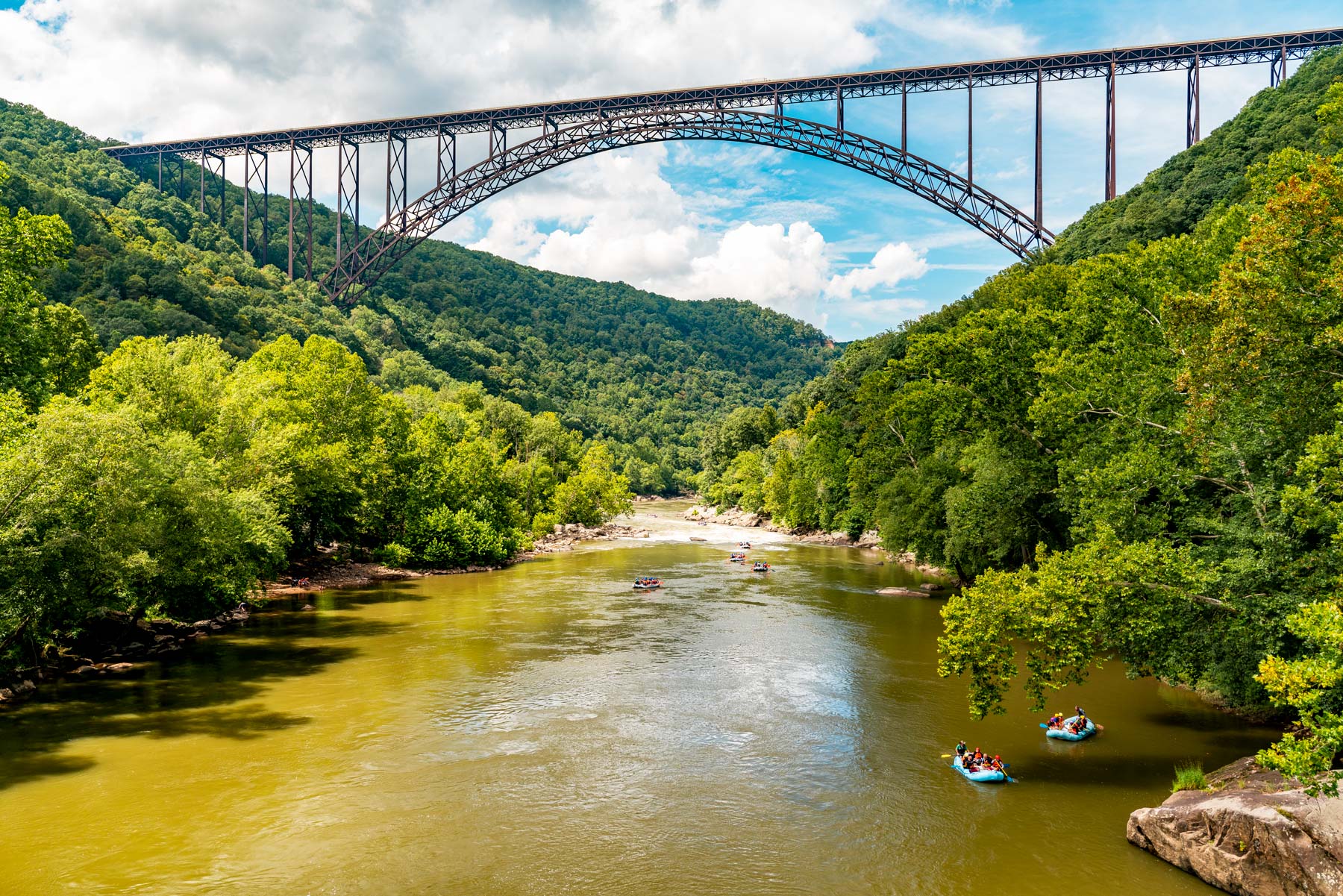
The Revolution in Western Virginia: A Frontier Fight
While the Revolutionary War conjured images of grand battles in the East, the struggle in western Virginia was a different beast altogether. Think less marching armies, more scrappy skirmishes. But don’t let that fool you – the West played a vital role!
Locals Step Up (and Sometimes Step Out)
Western Virginians weren’t just sitting this one out. They answered the call to arms, some even trekking east to join the fight (remember the “Bee Line March” to Boston?). They also kept the war machine oiled, supplying everything from grub and clothes to wagons. But just like everywhere else, folks in the West were divided. Some wanted nothing to do with it, while others sided with the British (those pesky Loyalists!). Things got a bit tense in the Potomac Highlands, and Colonel Zackquill Morgan had to keep a lid on Loyalist activity in the Monongahela Valley.
Frontier Warfare: A Familiar Foe
For western Virginians, the Revolution often felt like a replay of the French and Indian War. Native American raids were the name of the game, and the British (especially a guy named General Hamilton) were stirring the pot, supplying and encouraging these attacks. Sometimes, Native American groups like the Shawnee went it alone, but often, British or Loyalist fighters joined in, acting like leaders and advisors.
1777: A Year of Blood and Fire
Things got seriously hairy in 1777. Fort Henry at Wheeling was attacked (twice, actually!), and there was a nasty ambush called the Foreman Massacre. Smaller raids popped up all over the place, especially in the Monongahela and Greenbrier areas. It was a brutal, guerrilla-style war, and it didn’t matter if you were a soldier or just trying to live your life – everyone was at risk. Folks back then called it “the year of the bloody sevens” for a reason.
The Fight Drags On
The fighting kept going, on and off, for the rest of the war. Fort Randolph and Fort Donnally got hit, and Fort Henry had to deal with another siege in 1782. That’s where the legendary Betty Zane comes in, making her daring gunpowder run!
The West’s Big Role
Even though the big battles were elsewhere, the western frontier was super important. It acted like a buffer, letting the eastern Patriots focus on the British. The Native American raids did push the settlers back a bit in some areas, but the Northern and Eastern panhandles held strong. And all this fighting? It created a whole new generation of western leaders. The Native American conflicts didn’t just disappear after the war ended, but the settlers held their ground.
West Virginia Historic Sites and More
Explore West Virginia’s Civil War History
Carnifex Ferry: A Battle that Shaped a State
Nestled in the central mountains, near the rushing Gauley River, Carnifex Ferry Battlefield State Park marks the site of a small but crucial battle. This clash played a significant role in West Virginia’s eventual statehood. The park, part of the Civil War Discovery Trail, features the preserved battlefield and the historic Patterson House, a farmhouse caught in the crossfire. Visit in the summer for living history demonstrations, battle reenactments, and tours of the house and museum. You’ll also find an antique cannon and a poignant lone grave. Don’t miss the hiking trails with stunning views of the Gauley River Gorge!
- More information: Just a short drive away, the newly designated New River Gorge National Park and Preserve boasts one of the world’s oldest rivers and some of the best whitewater rafting around.
- https://wvstateparks.com/park/carnifex-ferry-battlefield-state-park/
Droop Mountain: The War’s Last Stand
Climb the lookout tower at Droop Mountain Battlefield State Park, and you’ll find yourself transported back to November 6, 1863, the date of the Battle of Droop Mountain. This was the last major Civil War battle fought in West Virginia. Located close to the Virginia border, the park showcases a replica cannon, a museum, and battle reenactments in October of even-numbered years. Lace up your hiking boots and explore eight trails, from the easy Cranberry Bogs and Old Soldier trails (perfect for cross-country skiing in winter) to the more challenging Big Spring Trail.
- More information: A vintage train ride at nearby Cass Scenic Railroad State Park is a must-do for all ages, offering breathtaking views of West Virginia’s iconic mountain scenery.
- https://wvstateparks.com/park/droop-mountain-battlefield-state-park/
Prickett’s Fort State Park (Fairmont, WV)
- Description: A reconstructed colonial fort offering living history demonstrations that depict 18th-century frontier life.
- Activities: Explore the fort, participate in blacksmithing and weaving workshops, and attend historical reenactments.
- Website: Prickett’s Fort State Park
Fort Henry Days (Wheeling, WV)
- Description: An annual event featuring authentic Revolutionary War reenactments, encampments, and a market fair.
- Activities: Witness battle reenactments, interact with period artisans, and enjoy historical music performances.
- Event Dates: Typically held during Labor Day weekend.
- Website: [Fort Henry Days](https://fort henrydays.org/)
Shepherdstown Colonial History
- Description: Shepherdstown, one of West Virginia’s oldest towns, offers colonial-era sites reflecting its early American history.
- Attractions:
- Entler Hotel and Museum: Houses artifacts and documents of historic interest.
- Mecklenburg Tobacco Warehouse: The oldest stone tobacco facility in present-day West Virginia.
- Website: Historic Shepherdstown

Fort Randolph (Point Pleasant, WV)
- Description: A replica of the original fort built during the Revolutionary era, offering insights into frontier defense.
- Activities: Attend living history events, including the annual “Siege of Fort Randolph” reenactment
- Website: Fort Randolph on Facebook
Harpers Ferry National Historical Park (Harpers Ferry, WV)
- Description: While primarily known for its Civil War significance, Harpers Ferry played a role in early American history and offers colonial-era exhibits.
- Activities: Explore historical exhibits, participate in guided tours, and enjoy the picturesque confluence of the Potomac and Shenandoah rivers.
- Website: Harpers Ferry National Historical Park
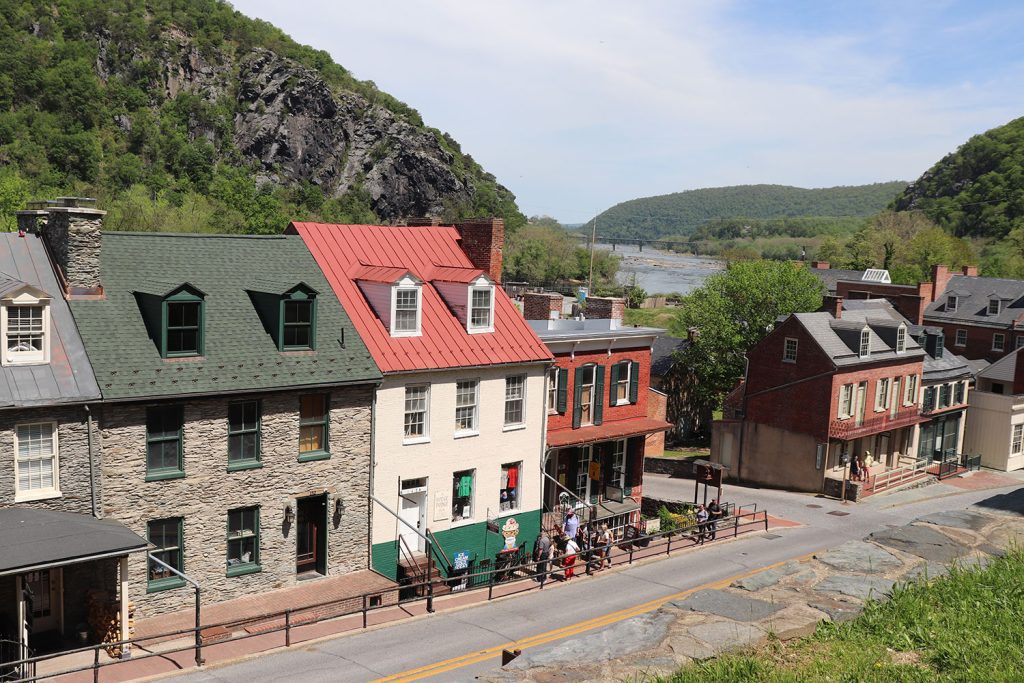
West Virginia Independence Hall (Wheeling, WV)
- Description: This historic building served as the Restored Government of Virginia during the Civil War and now operates as a museum.
- Activities: Tour the museum to learn about West Virginia’s path to statehood and its early history.
- Website: West Virginia Independence Hall
Hollidays Cove Fort Site (Weirton, WV)
- Description: Constructed in 1774 by soldiers from Fort Pitt, Hollidays Cove Fort served as a defensive stronghold during the Revolutionary War. While the original fort no longer stands, the site remains a point of historical interest.
- Website: Hollidays Cove, West Virginia – Wikipedia
Wayne County
- Description: Established in 1842 and named in honor of General “Mad Anthony” Wayne, a notable Revolutionary War hero recognized for his bold military strategies.
- Website: This week in West Virginia History – Mountain Messenger
Ashby’s Fort Site (Near Shepherdstown, WV)
- Description: Built in the late 18th century, Ashby’s Fort was utilized by General George Washington during the Whiskey Rebellion in 1794. The site offers insights into post-Revolutionary military actions.
- Website: Ashby Fort Site | Daughters of the American Revolution
West Virginia Re-enactors Association
- Description: An organization dedicated to preserving and reenacting West Virginia’s historical events, including those from the Revolutionary era.
- Activities: Participate in or attend various reenactments, living history events, and educational programs.
- Website: West Virginia Reenactors Association





